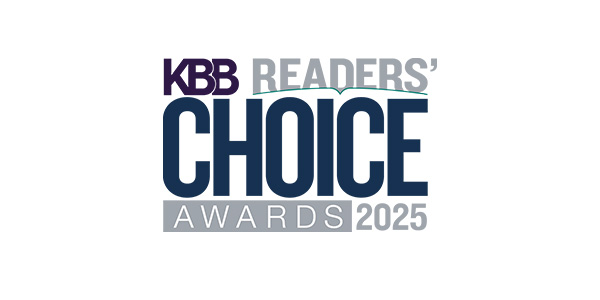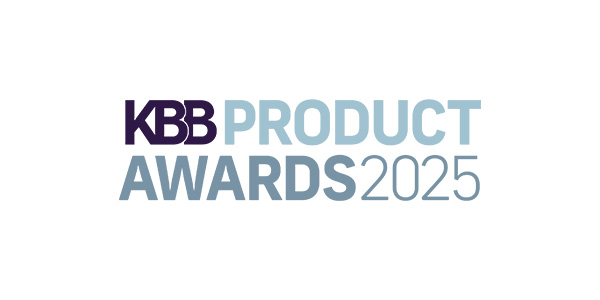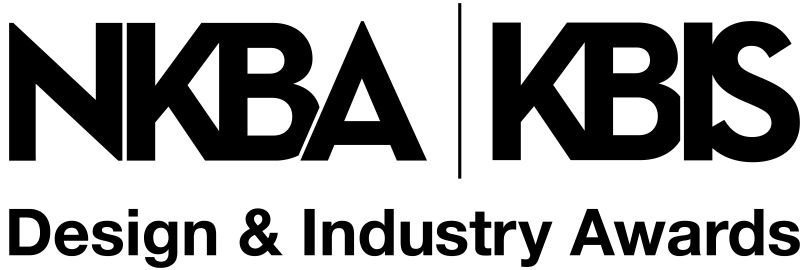This year’s Voices from the Industry sessions had us thinking outside the box and covered everything from how to kick troublesome clients to the curb, design rules you can do without and project mistakes to avoid
Top photo: This kitchen by Interiology blends olive-green lacquer, chevron American walnut, satin-brass and black metals. The integrated lighting in each shelf was engineered in the design phase to be wired through the adjacent vertical panels while perfectly wrapping the black-matte lacquer hood surround.
How to Fire a Client While Maintaining Your Cool
Elizabeth P. Lord, CMKBD, of Elizabeth P. Lord Residential Design LLC and Gina D’Amore Bauerle of D’Amore Interiors discuss how to let a taxing client go tactfully so you can move into the next – less-stressful – project.
Recognizing Red Flags
- Unrealistic Budgets. Clients who try to save money however they can by purchasing items online, choosing a cheap contractor and questioning every decision.
- Impractical Expectations. These need to be set up from the start, including the timeline and what the designer’s responsibilities are.
- Lack of Boundaries. Calling outside of work hours in non-emergency situations and expecting immediate responses.
- Bad Vibes. The client’s personality may be a conflict if they are not honest about details, not respectful to you or the decision makers are at odds.
- Complaints About a Previous Designer. This is an issue if there are there are not justified details, which may mean the client will devalue your services.
- Asking to Revise the Contract. Sometimes clients want to see how much they can get away with and show superiority.
Lord and Bauerle suggest providing some good news about the project before having these tough conversations and to be professional rather than emotional. Be clear about your goal for the discussion and stand your ground.
In any of the above situations, you can simply state that you run your business in a certain way with set processes that have worked for other clients but that you understand they may not work for this client. You can suggest they seek out a professional who can make their adjustments but that you are not willing to. Some other common responses include: “I am not sure my services will meet your needs and ideal investment amount.” “My schedule will not accommodate the scope of work during your timeline.” The services we agreed upon have gone in another direction; perhaps you should explore other options.”

Designed by Leslie Hart-Davidson, this kitchen follows the C.R.A.P. principles. CONTRAST of texture and color is provided by the brick walls. REPETITION of color can be found in the antique dish hutch and the custom painted and distressed corner cabinet. ALIGNMENT is achieved through the height of the hood vent, which directs the eye up and around the vaulted space. PROXIMITY was improved by enlarging the work triangle after the antique dining table was moved back several feet to achieve a clearer and safer walkway through the cooking zone. Photo credit: Sarah Feldpausch
Kitchen Design Rules You Can Creatively Ignore
The lessons you’ve always been taught as a designer do not always apply in today’s climate. Leslie Hart-Davidson of HDD Studios challenges these lessons so you can provide better projects for your clients.
- Be a Dictator. Design is a democracy: Work with your cilents instead of at Getting their buy in creates a better experience every time.
- Interns Are a Waste of Time. When one of Hart-Davidson’s interns always asked “why,” it made her rethink every process and assumption she had made about how to design, which made her a better designer.
- Worship the Work Triangle. This may differ from project to project, as functionality is in the eye of the client and how they use their kitchen. With her “Groceries to Leftovers Guide,” the designer has the client first choose a meal to create and consider the necessary storage. She then asks where they set groceries down and stores them. When prepping the meal, is there enough space? During cooking, are the appliances in a convenient location? Is there a clear path to where you are serving the meal? When clearing the table, is there enough counter space? This sets the tone for how to design the kitchen.
- White Is Right. Hart-Davidson uses contrast, repetition, alignment and proximity (C.R.A.P.) to help clients better understand design and how to communicate what they like and dislike. Some may be afraid of color, so the contrast may need to be through texture and/or scale instead. Repetition can be achieved through such things as upholstery and artwork. Alignment is hierarchy through placement; the goal is for our eye to stop and rest before moving to the next element. Proximity helps determine which layout is best for your client.
- Eyes on the Prize. Preparing for the project is important for your clients. The designer suggests setting up a temporary kitchen and deciding on a go-to meal menu while the actual kitchen is being renovated. Assemble the temp kitchen with only what is needed and invest in disposable items. Test drive the new space – make a meal or two to make sure you have what you need.
- Repetition Is Key. Cookie-cutter designs are overrated. We also need to consider clients’ individuality and respect their possessions and what is important to them. Hart-Davidson asks: “What are your most beloved possessions that can’t be replaced?” These items used in the design can explain who they are, where they come from and what they believe in. You want to create a home, not just an address.
- Walls Are Evil. Open-concept spaces are popular, but they can be challenging to undo. The designer uses TALC to create kitchens that share space with other rooms.
- Texture: Choose easy-to-clean elements that are fingerprint resistant.
- Acoustics: Sound can bounce around an open space. Use layered textiles that absorb it.
- Lighting: Use this to create a warm, friendly space and consider quantity and quality.
- Convection: Use ceiling fans and hoods to control how air – and smells – move around an open space.
The Interiology team was given free reign by the clients with the design of this large primary bath. The soaking tub usesthe unused space in the middle of the room, providing a double shower with dual access, his and her vanities and a private toilet room. Photo credit: Jared Kuzia Photography
Top 10 Design Mistakes to Avoid When Designing a Kitchen
CMKBDs Mark Haddad and Susan Cracraft of Interiology Design Co. discussed common blunders to leave out of your next project and shared tips, tricks and strategies based on their own experiences.
- Don’t Let Clients Put Limitations on Your Design. Homeowners may not always have the vision to see what is possible and/or can’t be objective because they are too used to what they have. We provide two designs – one in the box and one outside – and most of the time we create a hybrid plan.
- Don’t Allow the Client to Select Product Based on Cost. We give them good, better, best options so they have some control over the budget, and we educate them on those three options so they feel they are making the best choices.
- Don’t Use a Custom Vendor That Has Not Been Vetted. Things can go wrong, and there can be code issues if a line is from overseas. Even if you are making your client happy by going with a non-vetted vendor, you may take a loss or create more work for yourself.
- Budget for Infrastructure Surprises. Issues can show up a lot in historic homes since there may have been a lack of regulations and permitting issues. Have contractors build it in; if it not used, it gets refunded.
- Don’t Be Pennywise & Pound Foolish. Spend a little more up front in the event the project needs an extra box of tile or length of molding – it can be worth it.
- Don’t Design Without Engineering. It’s important to know how something works and not just what it looks and feels like. It can make you a better designer and help you order more effectively.
- Don’t Rush the Process. TV shows make clients think things can be done faster than what is realistic. But it’s also important not to hurry up and wait on a project.
- Don’t Design in a Vacuum. Look for inspiration and guidance from other designers. Two heads can be better than one.
- Don’t Take on a Project That’s Not a Good Fit. Know when to walk away and trust your gut – even if there is a personal connection. This helps you become more conscious of good clients.
- Avoid Following the Crowd. Do not feel you need to be the same as everyone else. We always find a way to make it different and to have our clients’ personality reflected.









